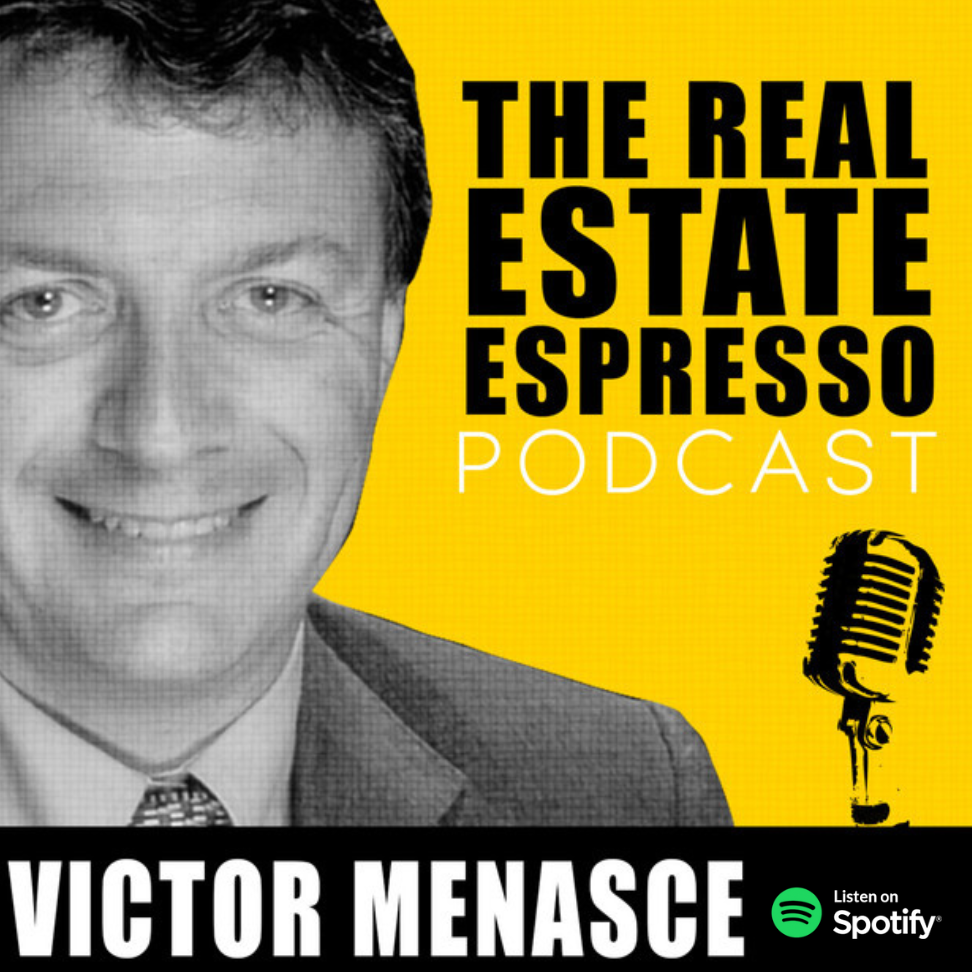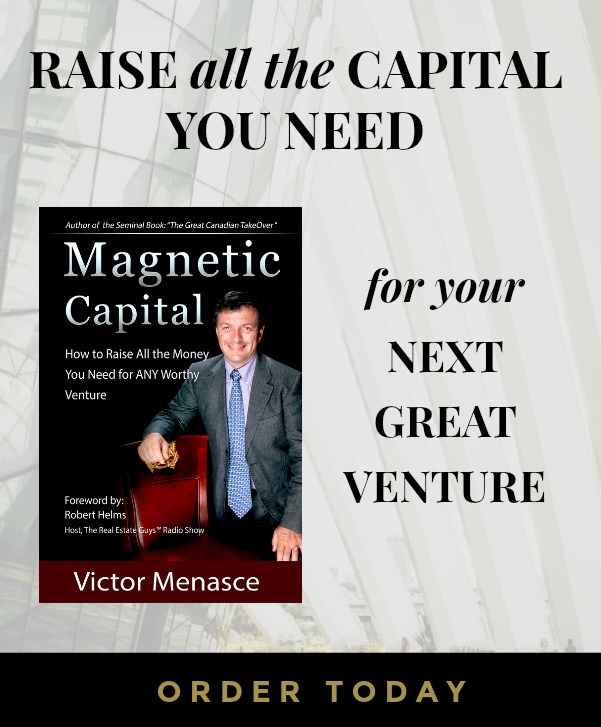Making Sense of Chaos
Welcome to the Real Estate Espresso Podcast, your morning shot of what’s new in the world of real estate investing. I’m your host, Victor Menasce. On today’s show, we’re talking about the impact of tariffs on real estate investors, and in fact, on global events. I believe we need to listen to what the US President says. But more importantly, observe what he does. These don’t always line up perfectly. As real estate investors, we should be prepared to adapt our supply chains for new construction or construction materials as they pertain to improving existing properties, or building from scratch.
There’s no question in my mind that the tariffs are not being imposed for the sake of tariffs. They’re a chess piece in a larger game. But the problem facing most participants is that they don’t know the objective of the game, much less the rules of the game. I’ve had Mr. George Ross as an advisor in my firm for awhile now. George and I have been running a mastermind together for 15 years. Prior to that, George was Executive Vice President in the Trump organization, worked for Donald Trump for 47 years. George also taught negotiation at the law school at NYU for more than 20 years. He wrote a book called Trump-style negotiation, based on his core syllabus and further embellished with stories from his vast career. George is now 97 years of age, and still very sharp. If you are a regular listener to the show, you’ll recall that George is a frequent guest.
And my relationship with George does not give an inside track to the White House or anything like that, but maybe it gives me a little more insight than most when it comes to understanding what we are all observing in the daily headlines. So when I say that tariffs are a pawn in a larger chess game, this is where I’m coming from. Part of maintaining negotiating leverage is to be unpredictable. But being unpredictable also means you have the latitude to change your mind. When you change your mind, you could be part of a negotiation, or you change your mind because you made a mistake. You should never be boxed into a position when it comes to negotiation.
The auto industry executives made a compelling case to the president when they showed that tariffs would uniquely disadvantage domestic manufacturers who had their supply chains spread across North America between Canada, Mexico, and the United States, whereas manufacturers in Germany, Japan, and Korea faced no such limitations. Those of you who are currently in construction on your projects, you’ll need to examine your supply chains. If the tariffs are a problem for you, maybe just wait a few days, it’s going to probably change.
If an air conditioner from a U.S. manufacturer is built in Mexico, it could be subject to a 25% tariff. Maybe a Mitsubishi air-conditioner from Japan would be more cost-effective. Maybe the supply chain will respond by not carrying excess inventory that would be subject to tariffs. It could result in equipment shortages. Maybe you’ll need to buy windows locally instead of from China, but, yes, they will be more expensive. If your flooring is coming from China and subject to tariffs, there might be another source like Turkey or Morocco that could be a more cost-effective supplier at low cost.
This is an area where, despite the fact that I have several projects in construction, I’m actually not losing sleep over it now. That may sound irresponsible, but you see after only a few days the White House has moved the goal post again. And this is precisely what I expected to happen. By being intentionally unpredictable, the President has convinced Europe that the U.S. is not a reliable partner in the defense of Europe.
You now have the U.K., France, and Germany taking the lead in defense. Germany’s new government is committed to spending above their constitutionally limited constraints and they are going to ramp up nearly a trillion dollars in new defense spending. Russia is seen as an existential threat to the integrity of Europe and NATO. Germany, which represents nearly 30% of the European economy, is going to implement what amounts to wartime spending. With a few words and a couple of on calls, Germany is spending a trillion dollars, and the U.S. can correspondingly reduce its budget deficit by tens of billions, maybe hundreds of billions when it comes to defense.
By threatening the closest trading partners with the U.S. with tariffs the White House is sending a message to every other nation on Earth that nobody’s safe. In truth, the U.S. has no intention of causing long-term harm to Canada or Mexico, and the U.S. has no intention of harming its own economy. This is a large-scale manipulation of the world order to benefit the U.S. in its negotiation for global defense spending and for the benefit of U.S. manufacturing. The President recognizes – and rightly so – that no nation can be an economic powerhouse if its manufacturing has been hollowed out. So he’s clearly trying to bring manufacturing back to the U.S.
The biggest challenge facing the U.S. when it comes to manufacturing is actually structural. The entire nation is weak when it comes to manufacturing engineering, and immigration policies should be focused on manufacturing and industrial engineering skills that are necessary to build and operate these manufacturing facilities. The President does say some outrageous things, and he is often misquoted by saying things that are even more outrageous than what he actually said.
My personal belief is that these are tactics that form part of a larger strategy and the strategy may be unclear, especially if you are an innocent bystander in the process. As you think about that, have an awesome rest of your day. Go make some great things happen. We’ll talk to you again tomorrow
Stay connected and discover more about my work in real estate by visiting and following me on various platforms:
Real Estate Espresso Podcast:
- 🎧 Spotify: The Real Estate Espresso Podcast
- 🌐 Website: www.victorjm.com
- 💼 LinkedIn: Victor Menasce
- 📺 YouTube: The Real Estate Espresso Podcast
- 📘 Facebook: www.facebook.com/realestateespresso
- 📧 Email: podcast@victorjm.com
Y Street Capital:
- 🌐 Website: www.ystreetcapital.com
- 📘 Facebook: www.facebook.com/YStreetCapital
- 📸 Instagram: @ystreetcapital



